All about linen. A noble fiber with undeniable ecological benefits.
The textile industry is increasingly being singled out as one of the most polluting industries on a global scale, just behind the oil industries. With a CO² equivalent of more than 1.2 billion tonnes, global clothing production would even exceed the total emissions of air and maritime transport. This is why a gentle and reasoned ecological transition requires a change in habits. As such, linen fiber , both soft and resistant , has many ecological virtues . Discover why linen could become the perfect raw material for fashion-victims wishing to combine ecological fiber with wearing a noble and refined material.
How is linen for clothing and fabrics produced?
Linen is a fabric made from the stems of a herbaceous plant , Linum usitatissimum . Known to man for thousands of years, it has become fashionable again in recent years, given its textile and ecological qualities.What is the origin of linen?
Ever since humankind began, it has been used to make linen a part of its daily life. Originating in the Eurasian lands during the Neolithic period, linen gradually spread throughout the Mediterranean basin and Southeast Asia during Antiquity. Linen became one of the most popular fabrics in the Middle Ages , before gradually declining in the industrial era, supplanted by cotton .
Its return in recent years, however, seems to reflect a lasting trend, as linen fits perfectly with growing consumer demand for quality, eco-responsible textiles with a moderate carbon footprint .
Where is linen grown for clothing?
Flax can grow in a variety of climates, preferring rich, slightly acidic soil. Flax thrives in temperate oceanic regions with reasonable rainfall. This is why it is widely found in Eastern Europe and Northern France : our Alsatian, Picardy, Breton and Normandy soils guarantee high-quality flax production that cannot be relocated, uses little water and has minimal environmental impact.
How is an ecological linen textile made?
This carbon impact is indeed excellent, both for the cultivation of flax plants and for their processing, some of which is even done naturally.
This textile transformation of linen takes place in 4 main stages:
- Retting , a natural microbial maceration of flax stems, placed on the cultivated soil after uprooting in the form of windrows;
- Scutching , a mechanical grinding of the stems to extract the plant fibers;
- Combing spinning to remove impurities from straw and organize the flax fiber into threads in the form of ribbons;
- The weaving of the canvas.

|
|
What is the difference between textile hemp and linen?
Hemp and linen are often confused because both have a raw appearance, with long, strong fibers that mark the fold. However, they come from two different plants: Cannabis sativa for textile hemp and Linum usitatissimum for linen. The latter tends to come in natural shades around pastel gray, while hemp fabric tends toward sand or iced brown.
What are the benefits of flax production?
Flax cultivation offers many advantages for all professionals and consumers concerned about their ecological, environmental and social footprint.1. Undeniable ecological advantages
Flax cultivation is characterized first of all by its ecological sobriety :- Water efficient;
- Minimal use of inputs, fertilizers and pesticides;
- Soil enhancement through GMO-free crop rotation;
- Powerful carbon sink;
- Partly natural transformation (retting by fermentation, mechanical scutching);
- Zero waste.
2. Industrial advantages: the great versatility of linen
Flax cultivation also goes beyond simple textile production, with a very high value placed on the different parts of the plant and by-products:- Fibers for textiles;
- Seeds for food or industry;
- Widely recoverable derivatives and by-products: paper, non-woven insulating particle boards, composite materials;
- Renewable energy source

3. Undeniable textile qualities
The strong comeback of linen fiber is finally explained by its textile qualities , with a very comfortable fabric with a natural feel , whether in furnishings, clothing or ecological packaging.- Hypoallergenic natural fiber;
- Light and water resistant textile, making it suitable for mixed indoor/outdoor use;
- Fine thermal regulating fiber;
- Versatile mixed-weave fabric (stretch effect with elastane, mesh effect with wool, “devoured linen” effect with viscose, etc.).
How is linen textile used?
Thanks to new processes for smoothing and mixed weaving (mixed fabric), linen canvas is becoming increasingly popular with manufacturers. It is a high-quality fabric, suitable for both indoor and outdoor use, without the risk of warping or fading. Linen is thus found in clothing, upholstery fabrics, eco-friendly textile packaging, and even household linens.
How to choose quality linen?
Quality linen can be recognized by its textile properties and its reduced eco-responsible impact.What is European Flax certification?
The word flax translates to the notion of linen fiber. The European Flax certification guarantees premium European linen, meeting sustainable development requirements. This label certifies the origin and traceability of linen, environmentally friendly production, Social and Ethical Responsibility (CSR) and linen canvas with proven performance.

Why choose eco-friendly linen packaging?
Choosing eco-friendly linen packaging allows you to combine environmental requirements with the desire for an original, refined and well-designed product. A natural linen bag is reusable and 100% biodegradable .
As part of a deliberate and voluntary CSR approach, our products are carefully crafted in a workshop adapted for people with disabilities. Our linen is a pure product made in France, resulting in a minimal carbon footprint: the plant is grown in Normandy, the fibers are woven in Alsace, and the pouches are sewn in Brebières, Pas-de-Calais.
Showing originality with an elegant and reusable linen pouch is ultimately a way to please others, while transmitting a message of love: the love felt in giving a beautifully wrapped gift, and the love affirmed for a planet that we must learn to preserve through small everyday gestures. Adopting the nobility of linen for its high textile and ecological quality is part of it. There is no effort, just benefits!
Also read:
Textile hemp, the essential trend that is taking root : Discover its advantages and disadvantages
Responsible consumption : adopt the right reflexes
Sustainable Fashion : 10 Tips for an Eco-Friendly Wardrobe


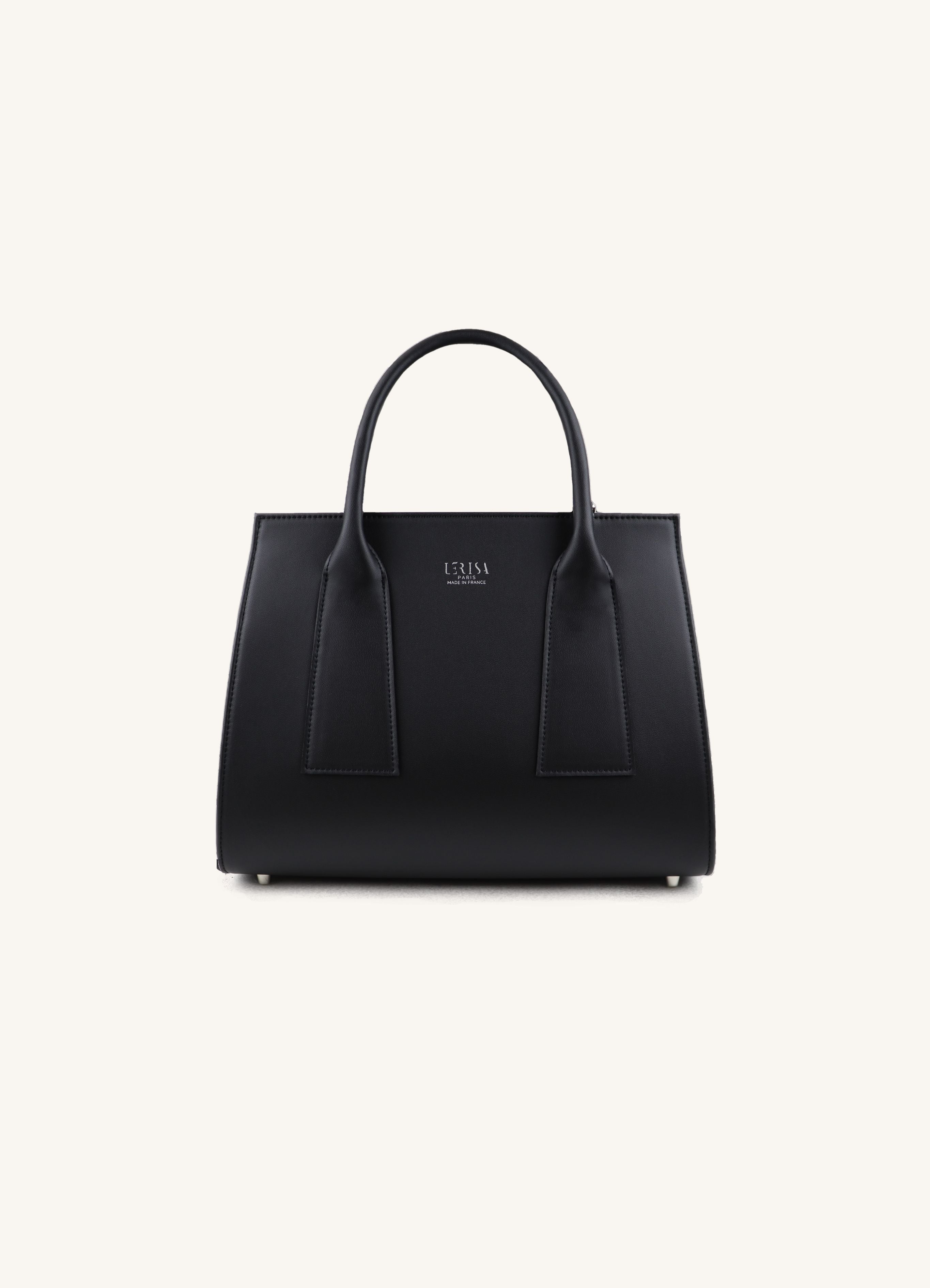
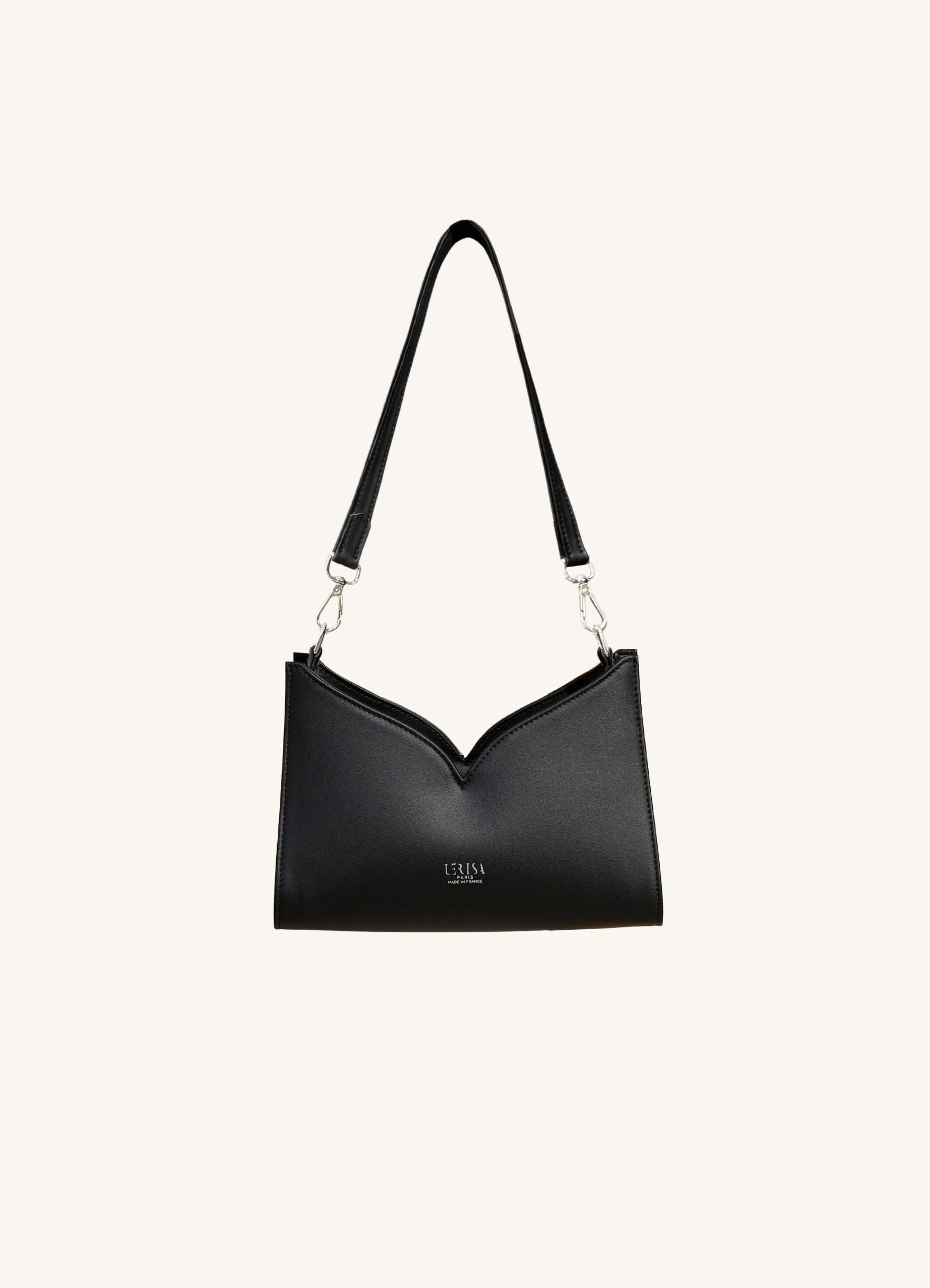
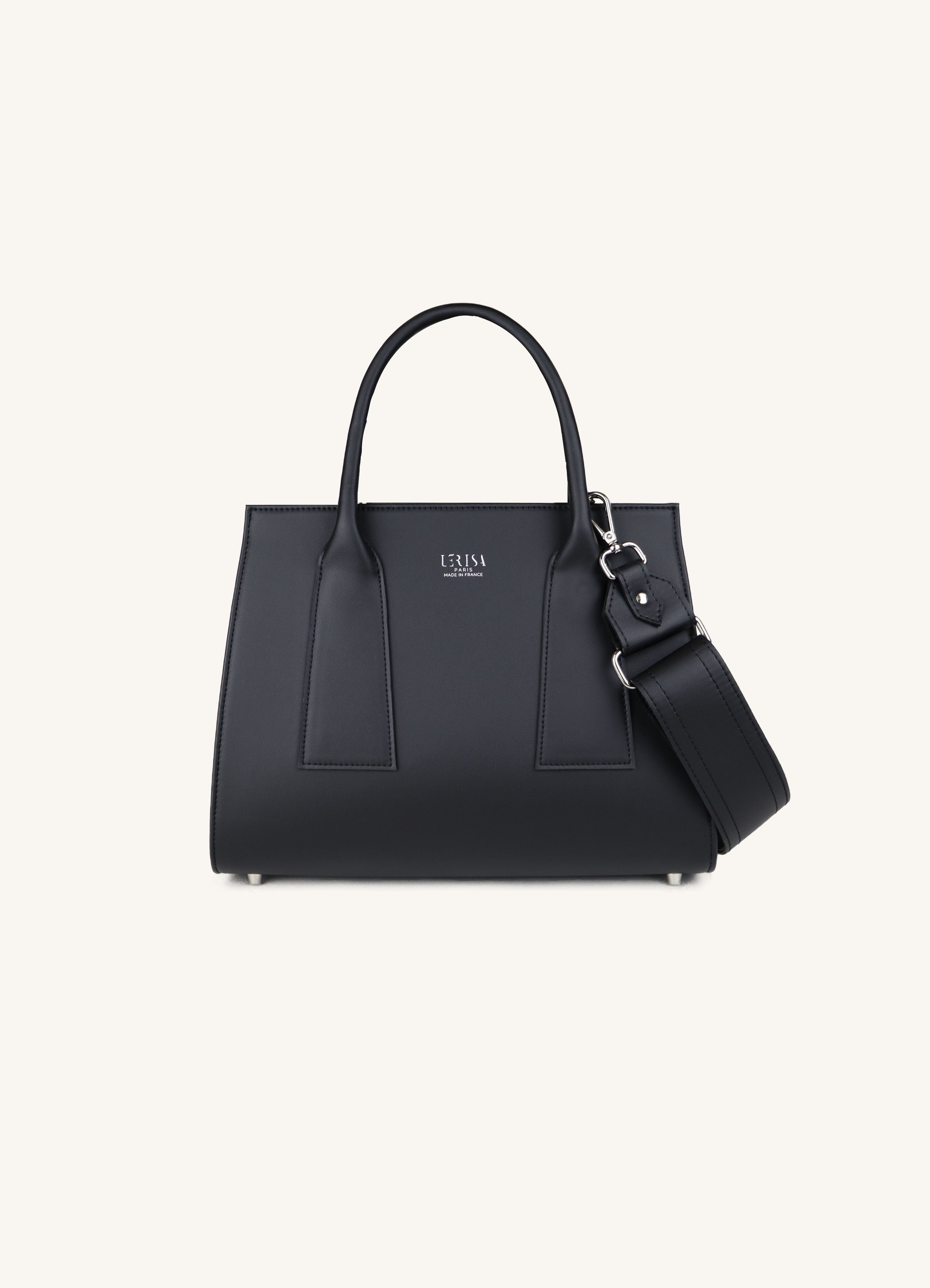
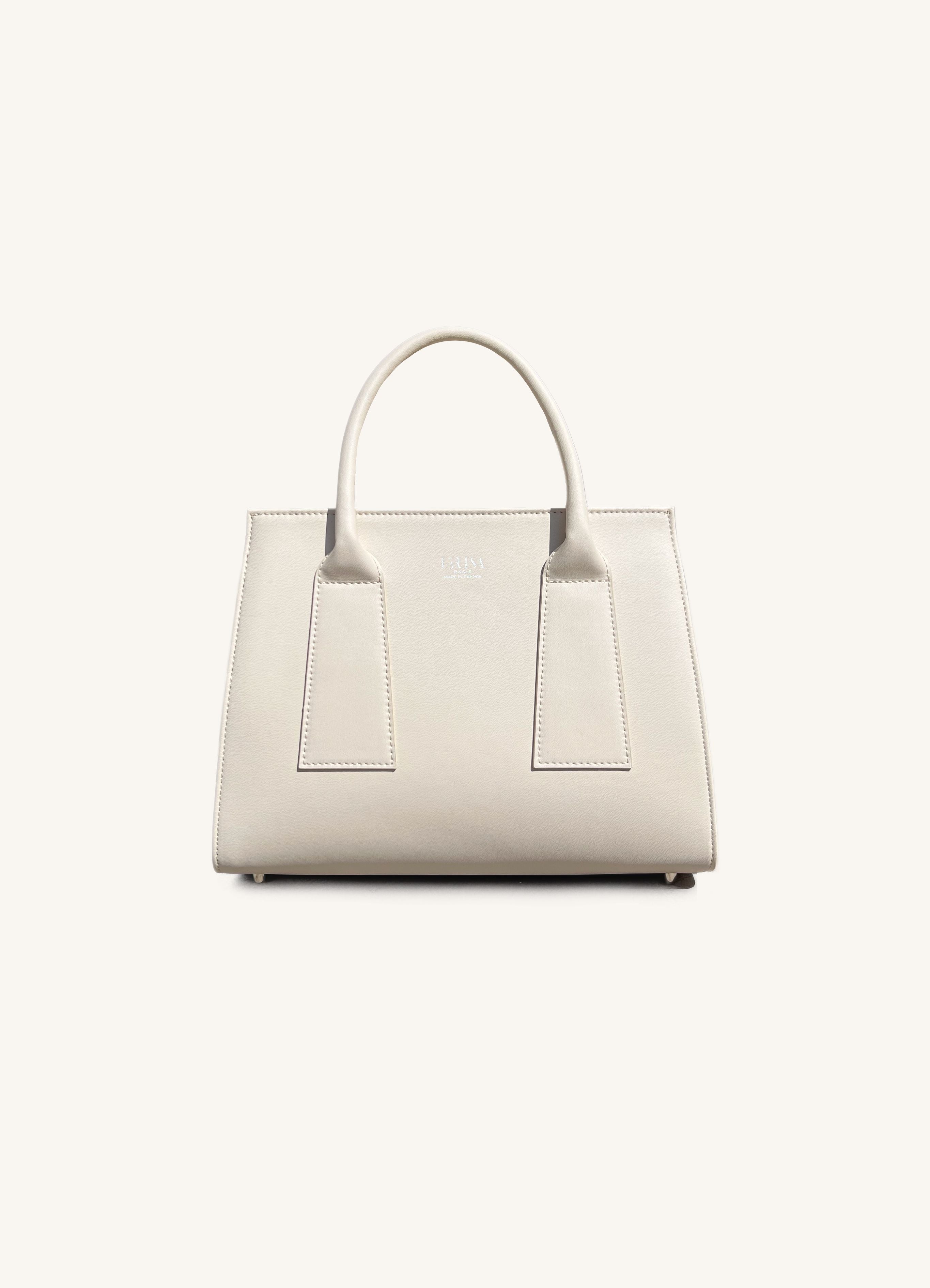
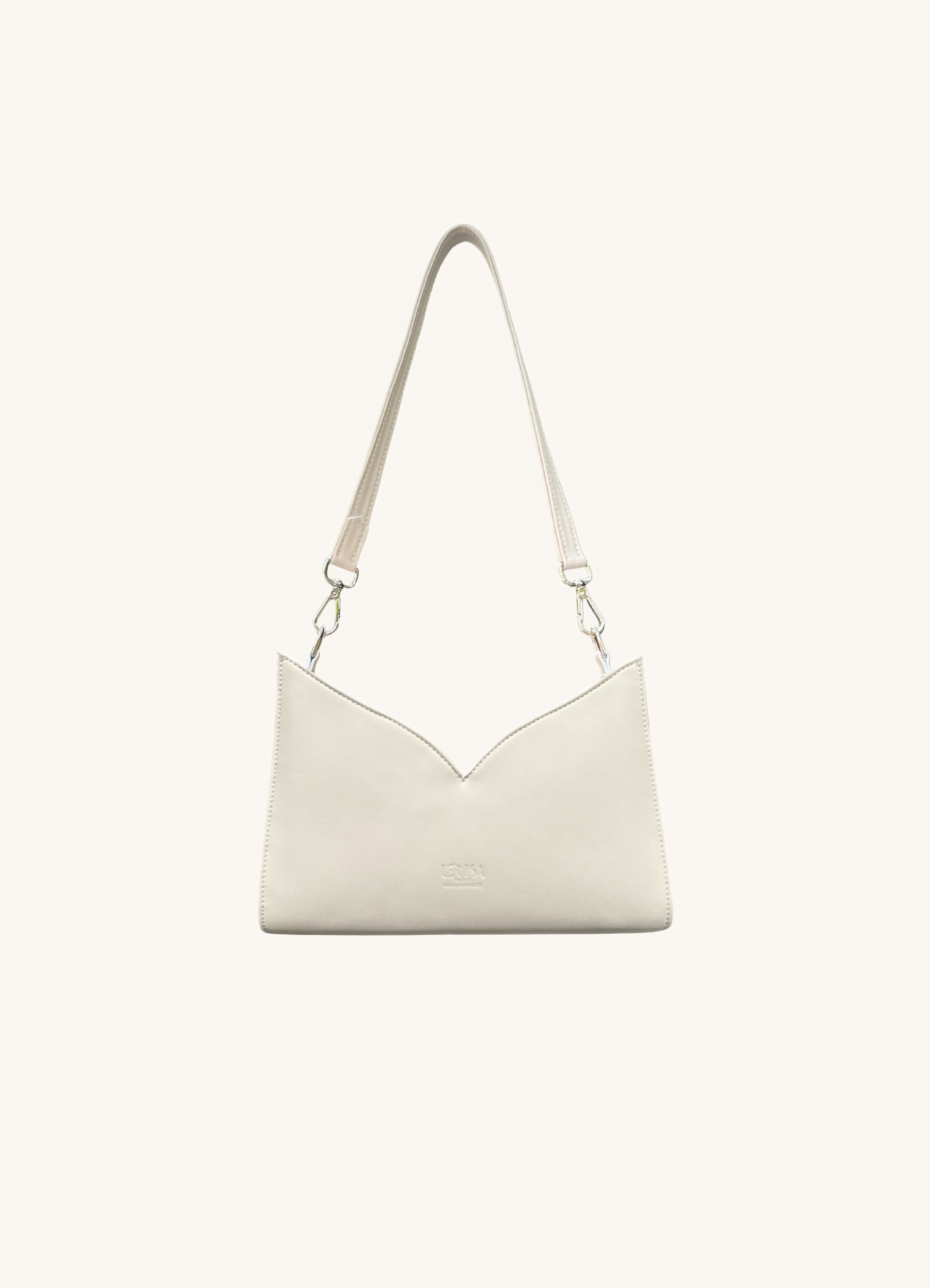
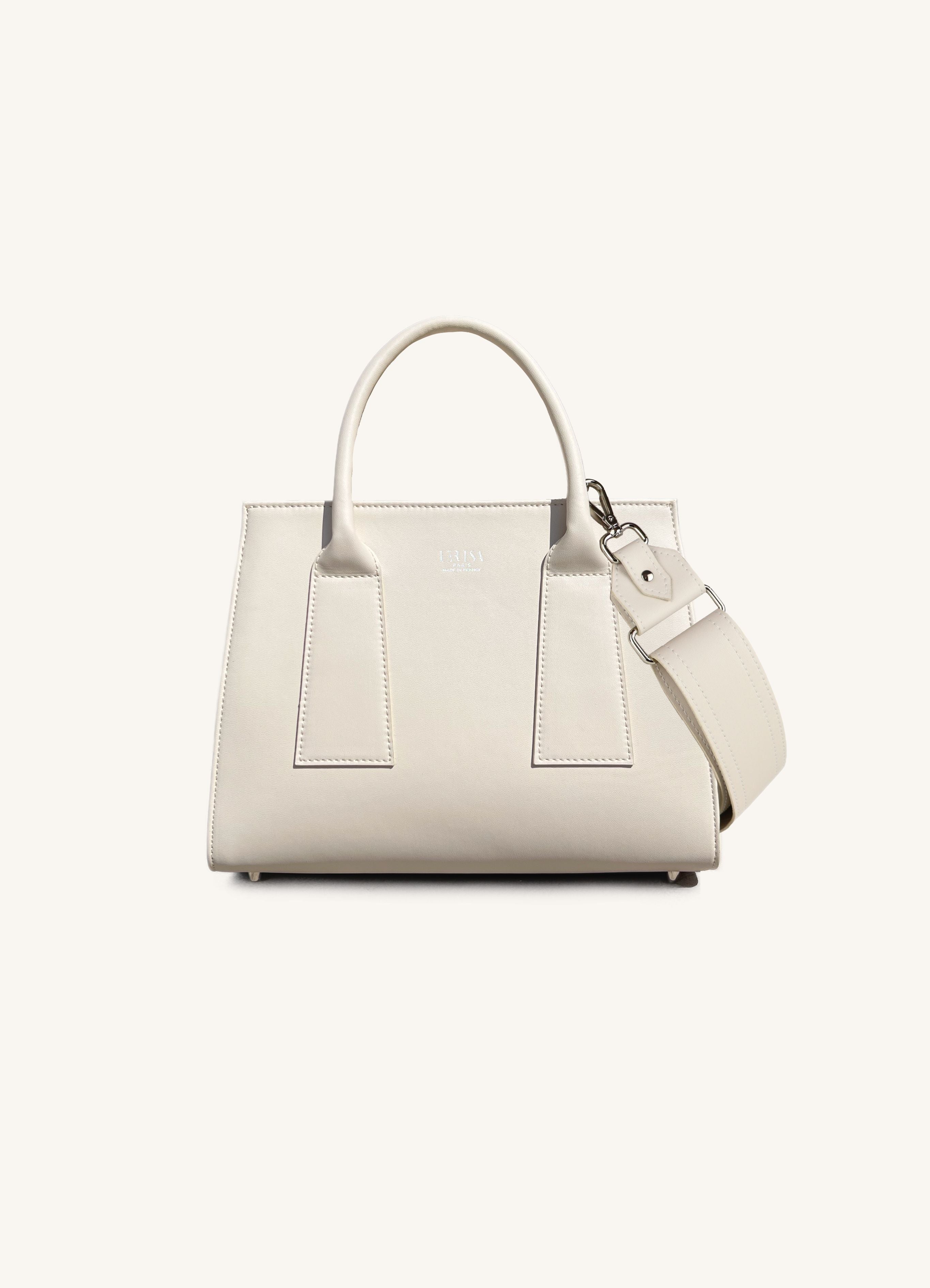

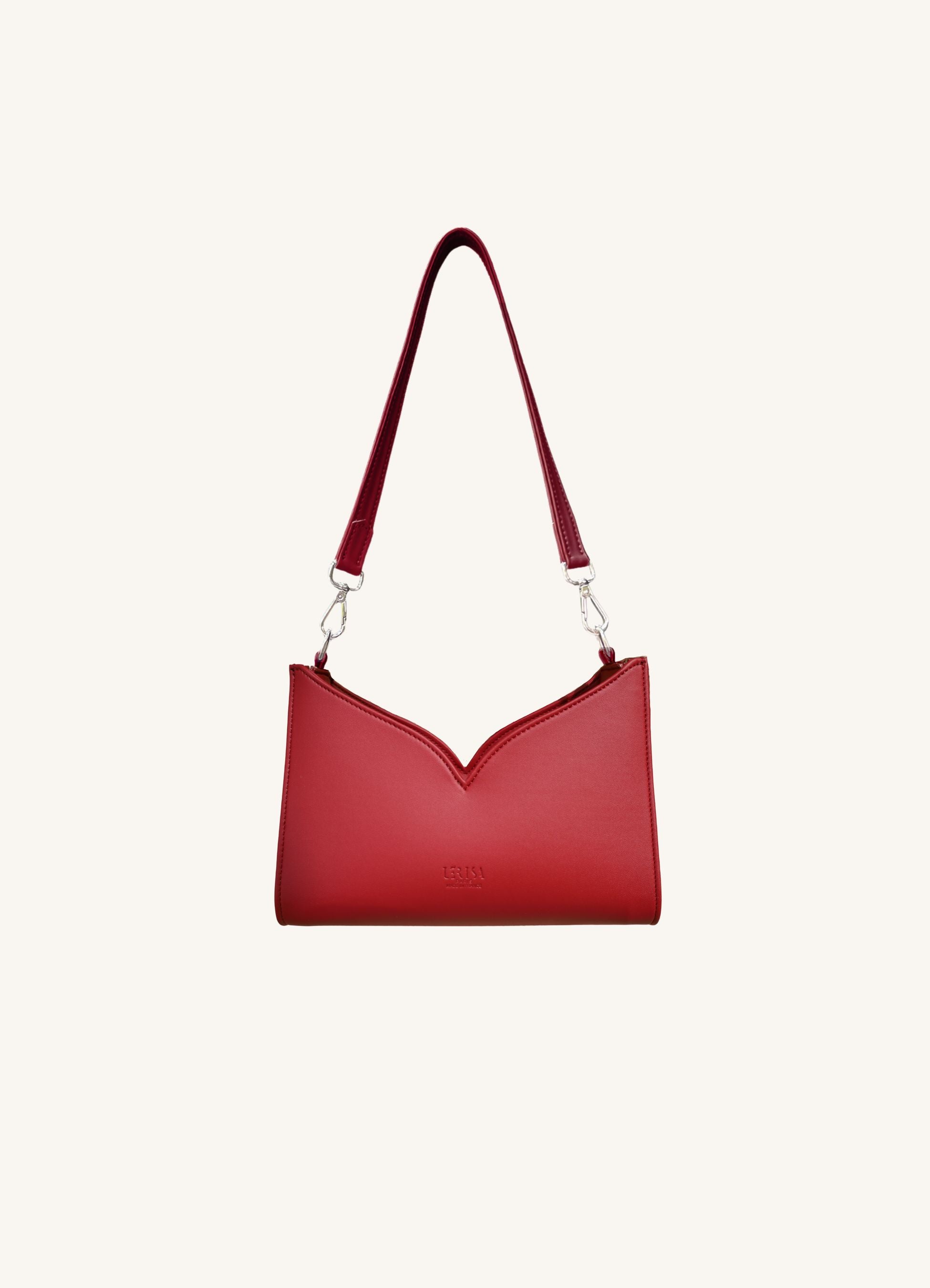

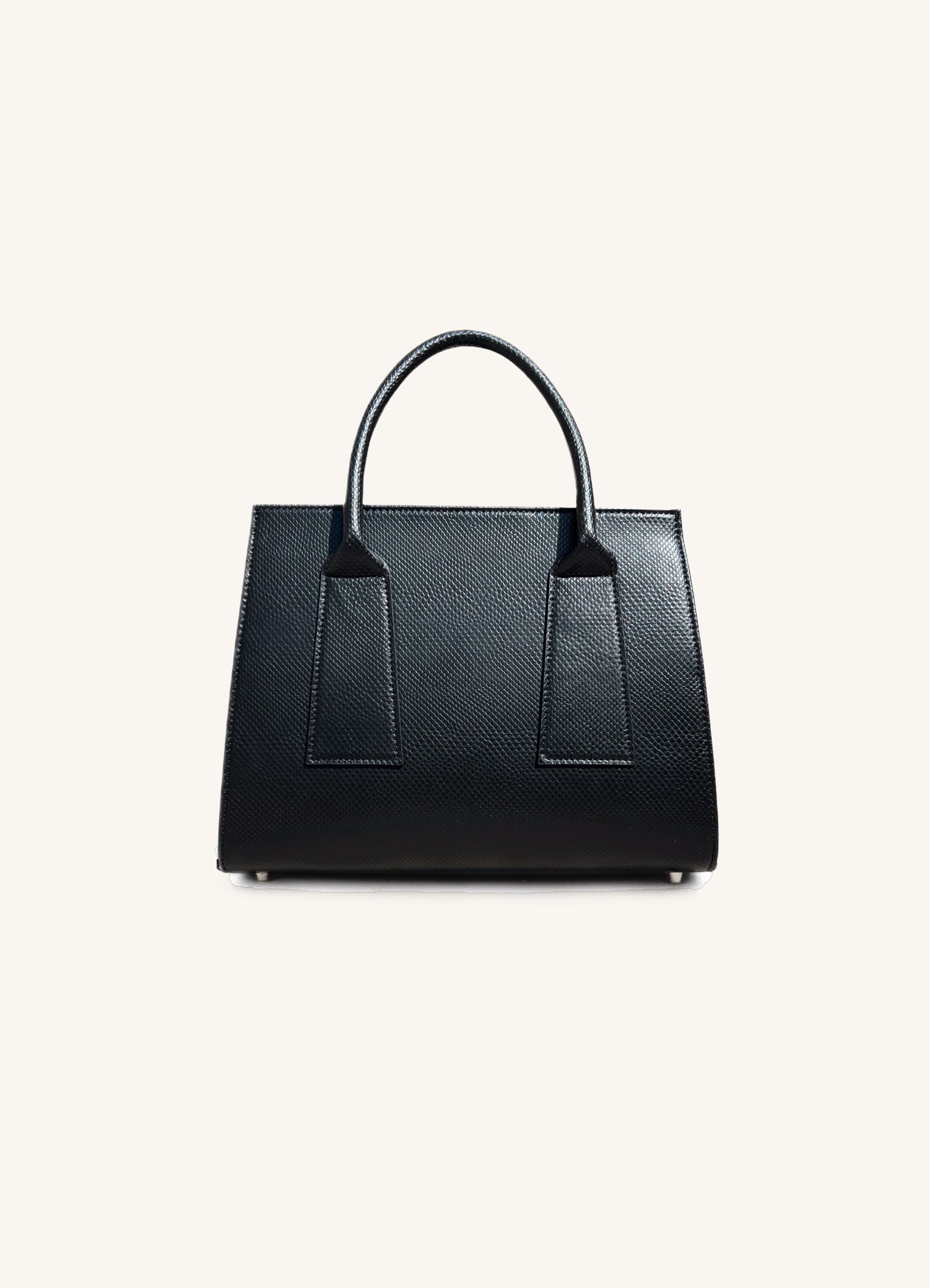


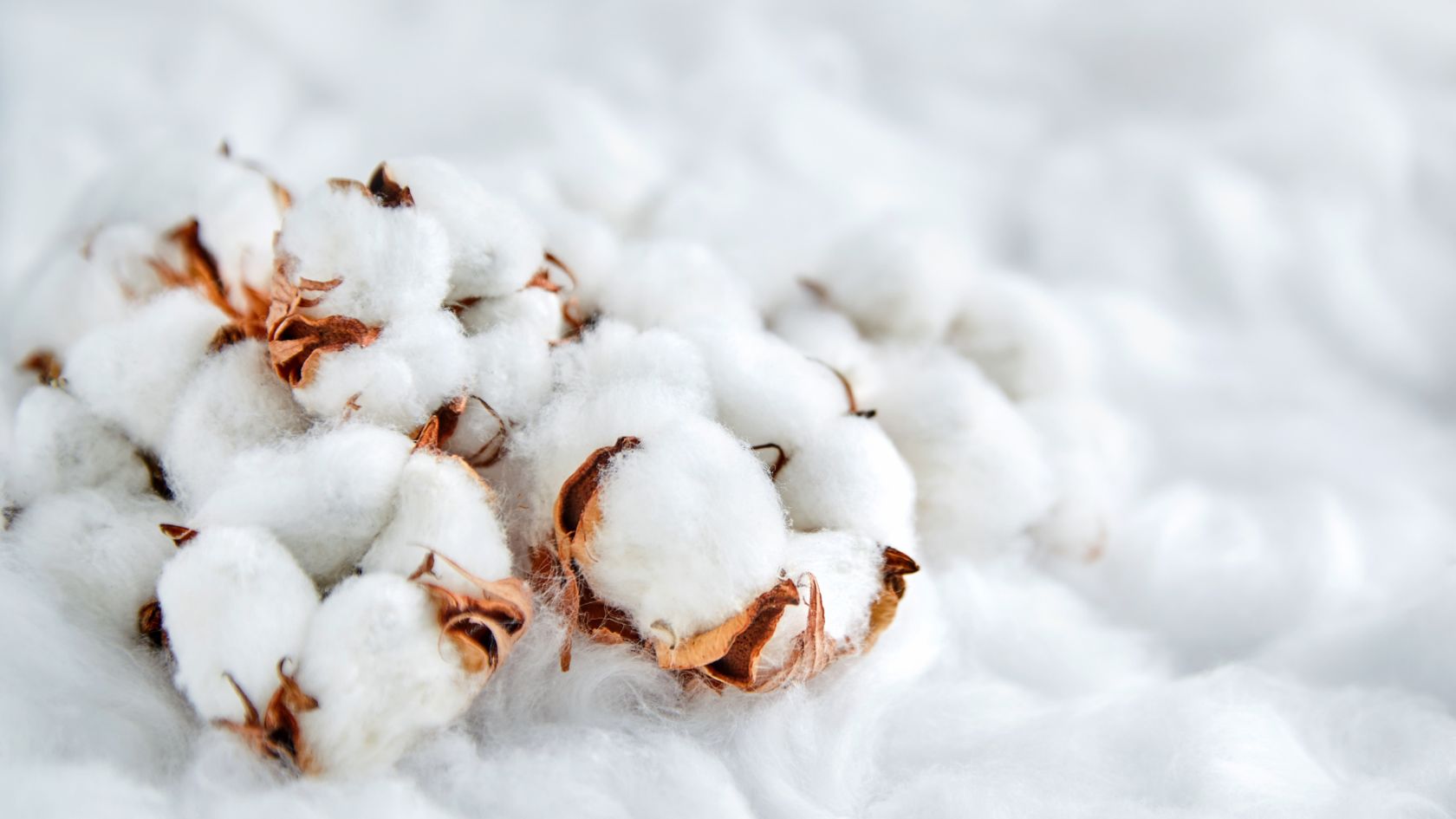
Leave a comment